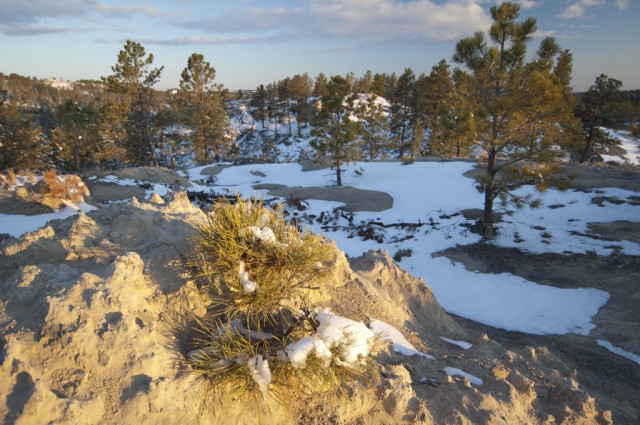While it seems logical that it would become warmer as soon as the sun rises on a winter morning, many hunters will tell you that the coldest part of their morning in a deer stand or waterfowl blind is when the sun rises. There’s good reason for this. Between sunset and sunrise, the Earth’s surface gathers no solar energy but continues to radiate away its stored heat and the temperature lowers. When the sun comes up at dawn, the incoming solar radiation from the sunlight is weak – it doesn’t yet have enough strength to counter all the heat escaping from the surface. As a result, the earth’s surface continues to lose heat for some time following sunrise and air temperature continues to fall. “At some point,” says University of Nebraska-Lincoln meteorologist Mark Anderson, “usually an hour or two after sunrise, the accumulated energy from the sun is larger than the heat lost and the atmosphere begins to warm.”
An additional factor that could also contribute to hunters’ early morning chill is that their body temperature, which rises while walking to their hunting location, begins to lower once they reach their destination and sit down. In addition, sweat can form during these walks and if a hunter isn’t wearing some sort of moisture-wicking material, the sweat can chill the body as it evaporates. In addition, the first response many hunters have when they arrive at their location is to shed clothes, which also cools the body and makes it difficult to warm up again. The best solution to these problems is to wear a minimal amount of clothes while going to your location, then finish dressing once you’ve arrived.
 Nebraskaland Magazine
Nebraskaland Magazine




